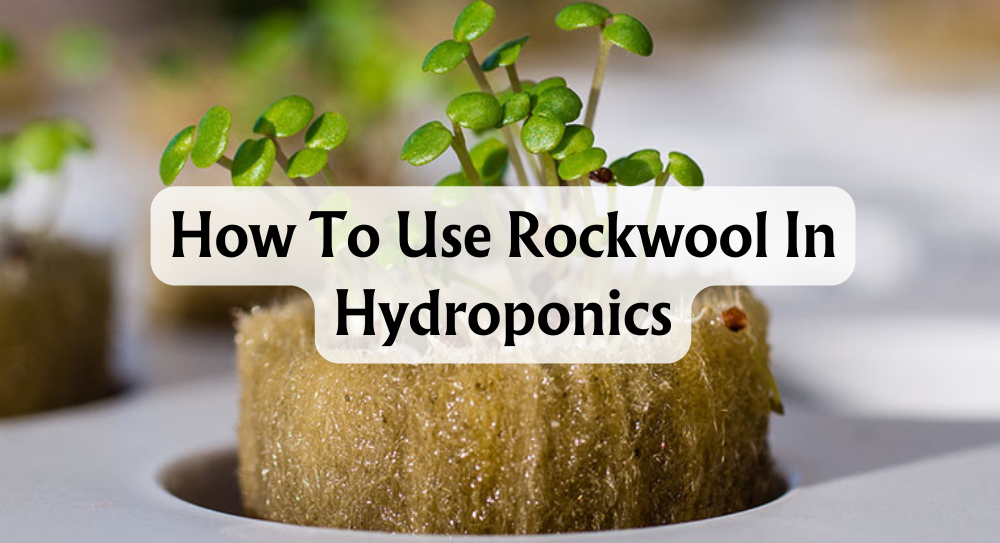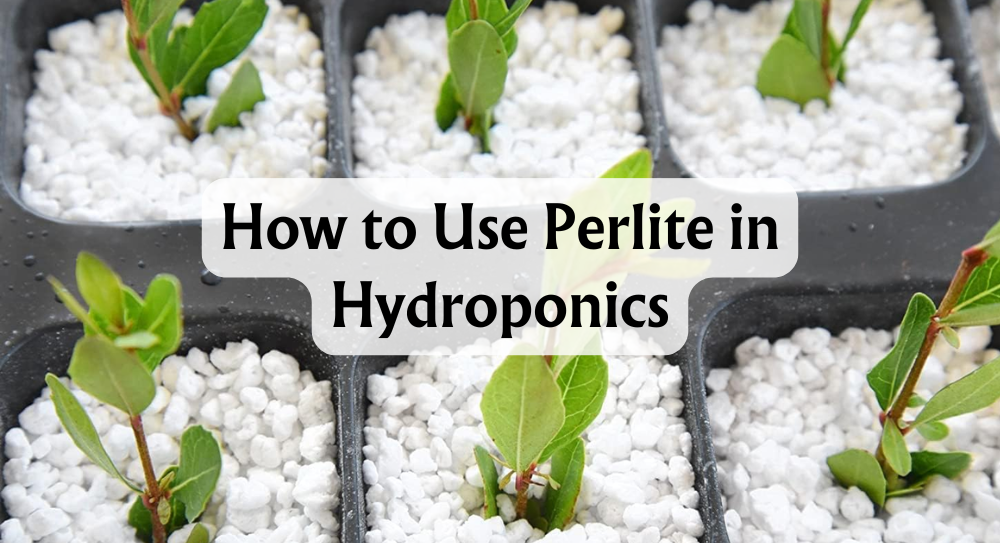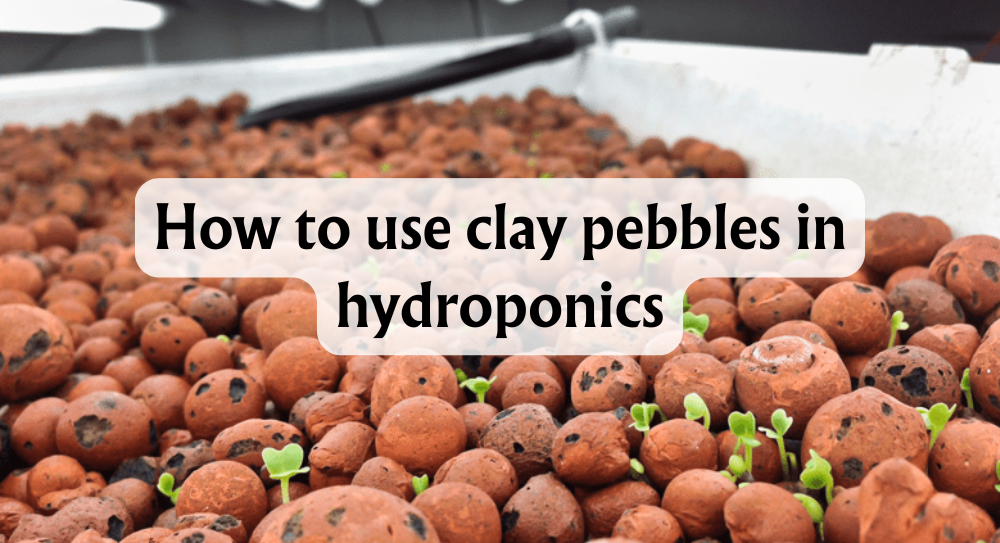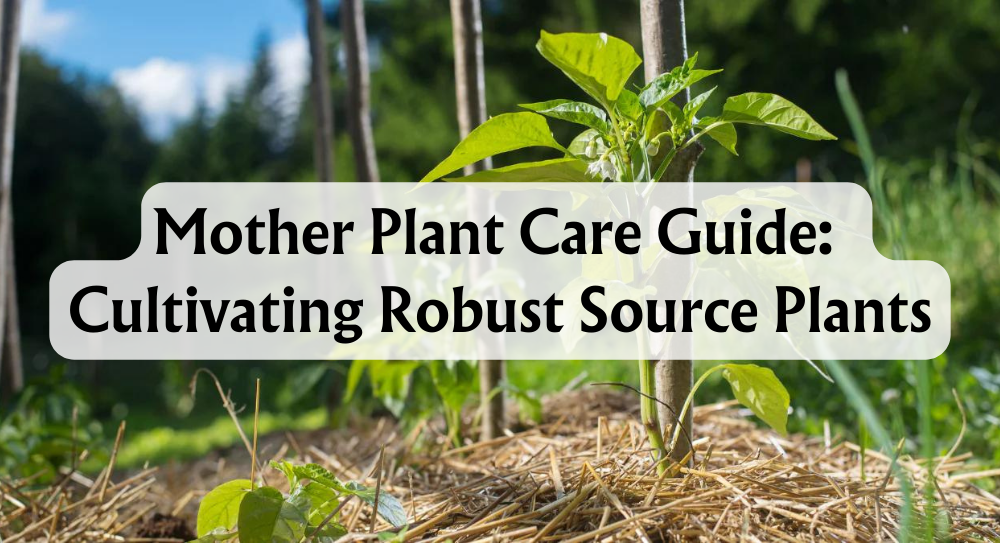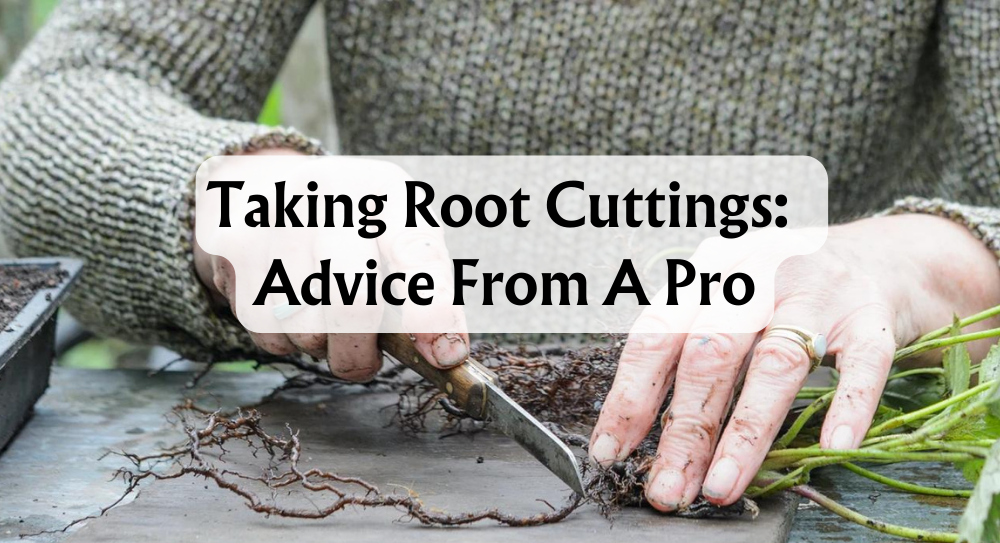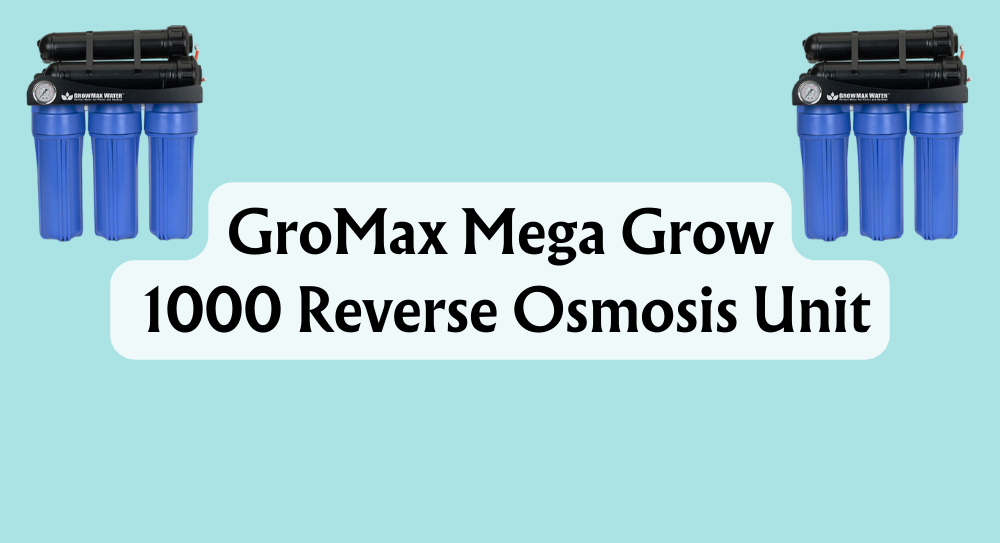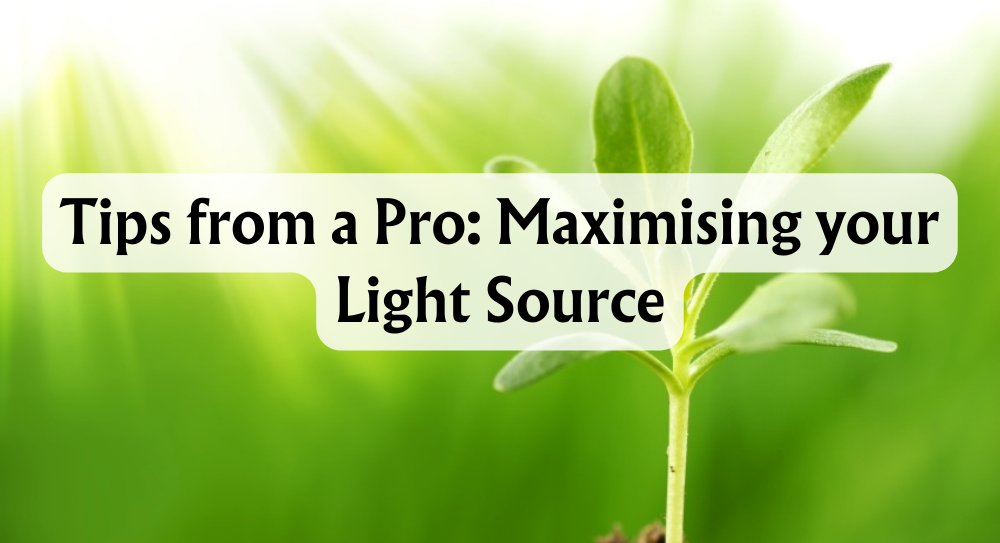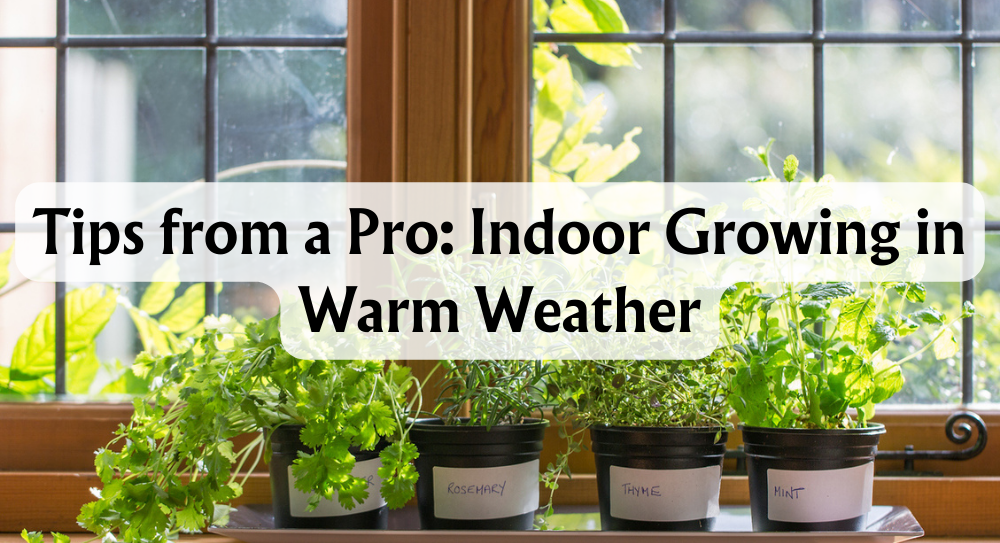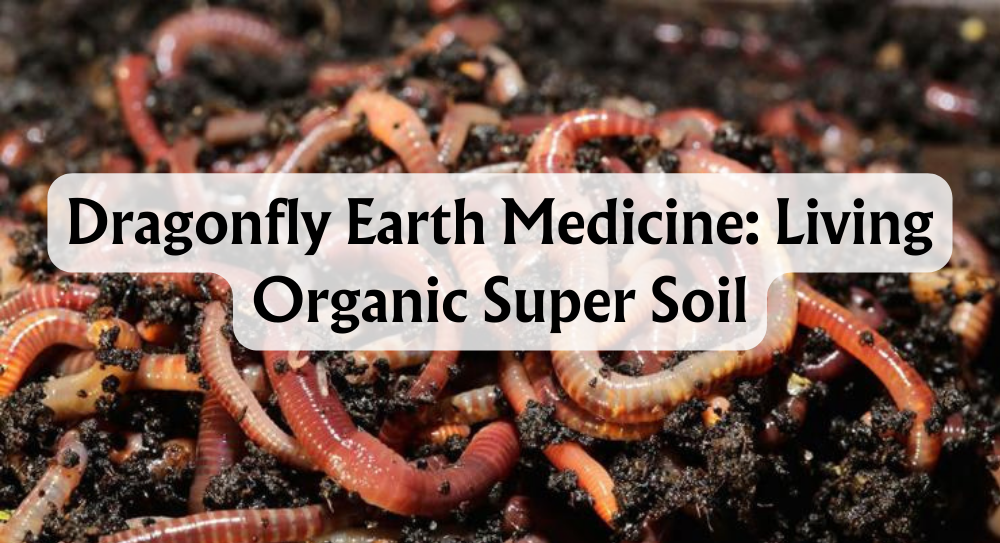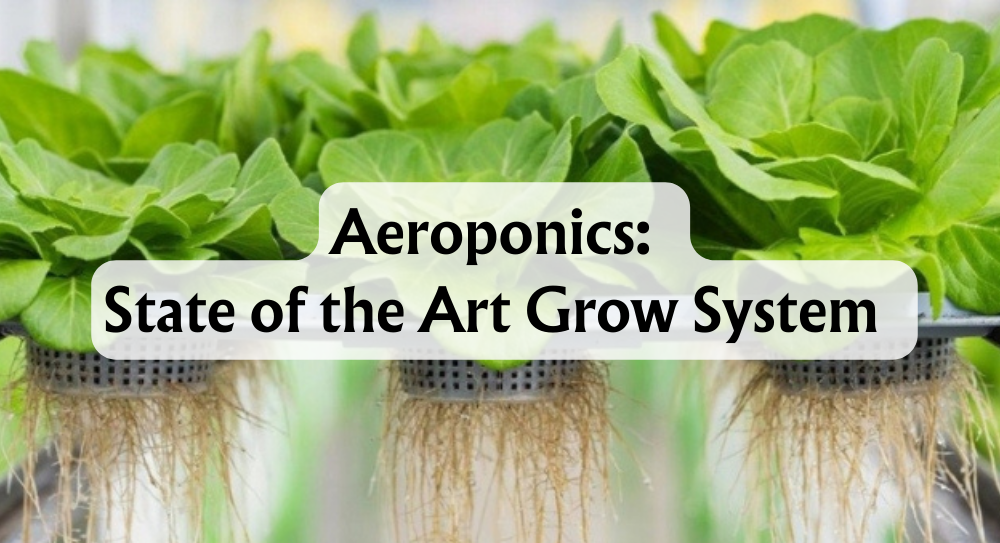How to Use Rockwool in Hydroponics
Hydroponic growing: starting your own lush vegetable garden without needing a patch of soil. This method, which involves growing plants in a water-based, nutrient-rich solution, foregoes traditional soil, optimising water usage and nutrient delivery. As a result, we can cultivate plants more efficiently, using less space, and often with increased growth rates compared to soil-based gardening.
While there are various substrates we can choose for hydroponic gardening, rockwool stands out as a favoured option. By introducing us to how to use this versatile material in hydroponics, the upcoming discussion is set to enhance our plant care routine. Rockwool, a fibrous material made from melted rock spun into cotton-candy-like fibres, is prized for its excellent aeration and moisture retention. We’ll delve into the benefits of using rockwool, show you how to prepare it for your hydroponic system, guide you through planting and seed starting, and offer tips for ongoing care. With clear and simple language, we’ll help you navigate through the intricacies of using rockwool, turning your hydroponic gardening into a breeze.
Key Takeaways
- Hydroponics allows efficient plant growth without soil, using less space and optimising nutrient use.
- Rockwool is a top choice for hydroponic substrates due to its water retention and aeration properties.
- The article outlines the preparation and use of rockwool, from setup to plant care.
Understanding Rockwool
As we dive into the world of hydroponic growing systems, Rockwool stands out as a cornerstone for successful plant growth. It's the kind of growing medium for hydroponic systems that provides an almost perfect habitat for roots, offering a great balance between water retention, aeration, and nutrient delivery.
What Is Rockwool?
Rockwool, also known as stonewool or mineral wool, is a robust and inert growing medium we use in hydroponics. It's born from a fascinating process that involves melting basalt rock and recycled slag—by-products from the steel industry—at high temperatures. This molten mixture is then spun into fine fibres, which are shaped into various forms, ranging from cubes to slabs, ready for our hydroponic setups.
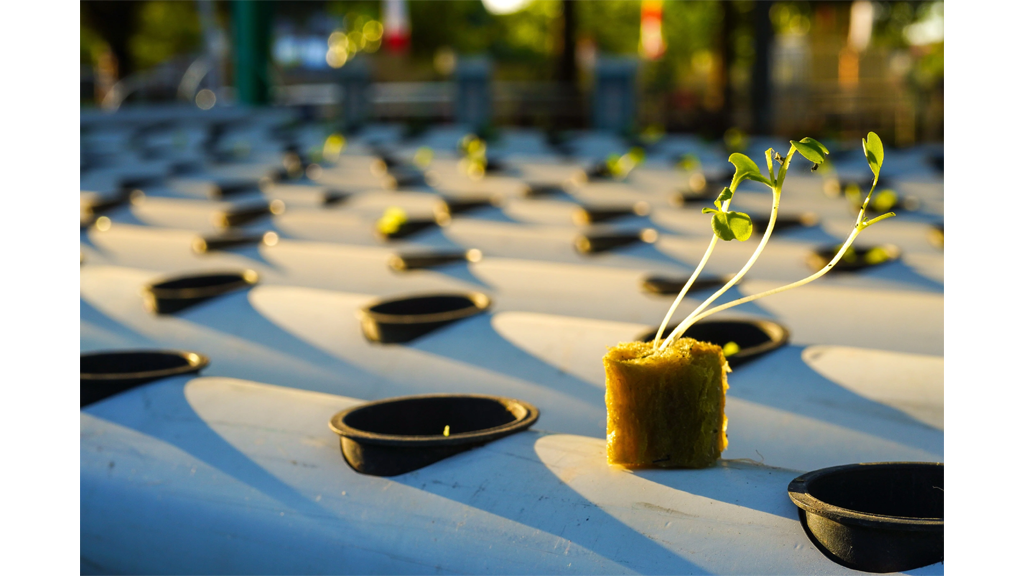
The Composition of Rockwool
The mix that gives life to Rockwool is a blend of natural materials, primarily basalt and limestone, which combine to create an inorganic product. It's a sterile medium that comes free of pathogens and pests, thus we can trust it won’t introduce any unwanted variables into our controlled hydroponic environment.
Benefits of Using Rockwool
Did you know that Rockwool is celebrated for its superb control over water and nutrients? It boasts superb water retention and aeration qualities, helping us strike the right balance needed for seeds or seedlings and root development. Moreover, thanks to its inert nature, this medium allows us to manage the pH and nutrient mix with precision. It's also resilient enough to facilitate multiple growing cycles, adding to its suite of benefits.
Health and Safety Considerations
Now, while Rockwool is a safe bet for our plants, we must be a bit cautious for ourselves. The fine fibres can cause skin irritation and the dust might bother our respiratory tracts. Therefore, it's wise to arm ourselves with gloves and a dust mask when handling it. The medium also has a naturally high pH, so we need to soak it in a pH-adjusted water solution before introducing plants to ensure a conducive growing environment.
Preparing Rockwool for Use
When we set off on our hydroponic adventure, it's absolutely vital we get the foundations right, and that begins with taking the time to properly prepare rockwool. Let's get our hands dirty—but not literally, as you'll see we advise wearing gloves!
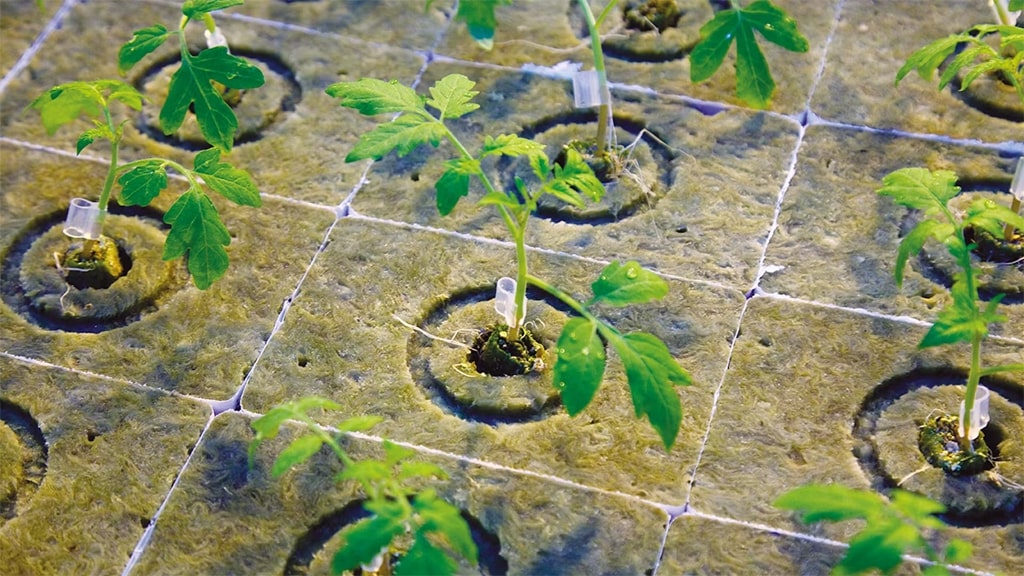
Adjusting pH Levels
Rockwool naturally sports a lofty pH level, which our plants are none too fond of. So, our first port of call is to create an inviting environment. To achieve a more plant-friendly pH:
- Test the pH of the rockwool using a reliable pH meter or test kit.
- Soak your rockwool in water that's been adjusted to a pH of 5.5. You'll want to leave it in this acidic spa treatment for about 3 to 5 hours. This ensures the material reaches a moisture level conducive to plant growth while bringing down the pH to a range that plants relish.
Pre-Soaking Essentials
Getting the hydration right is as crucial as the pH. While pre-soaking:
- Don protective gear: Gloves are a must to mitigate irritation, and goggles wouldn't go amiss.
- Break it down: If you need to fit your rockwool into a particular system, feel free to break it apart, but let’s not get too rough—the structure is precious.
- Good drainage is key: Make sure there’s a way for excess water to make its exit. A gentle shake or tilt should do the trick—no squeezing, please.
- Reheat to repeat: Planning to reuse your rockwool? Let it bask in an oven at 180°C for 30 minutes or take a 10-minute boil to sterilise.
The road to lush growth in your hydroponic system starts right here with moisture-laden, pH-perfect rockwool. We’ve taken the scientific approach—no guesswork, just good horticulture. Now, with these simple steps, our rockwool is primed for success; let's grow!
Rockwool in Hydroponic Growing
Using Rockwool in hydroponics is a game-changer for us plant enthusiasts. It's vital to understand how we introduce this medium into our system, choose the appropriate Rockwool products when it comes to germinating seeds and propagating cuttings to ensure healthy plant growth.
Integrating Rockwool into Your Hydroponic System
Before we introduce Rockwool into our set-up, it's important for us to condition it properly. Rockwool comes with a naturally high pH, usually around 8. So, we'll want to soak it first to level it down to near a pH of 5.5, optimal for plant roots. Here's a tip: soaking Rockwool for about 3-5 hours should do the trick. Don't forget to add some hydroponic nutrients to that pre-soak to give our future plants a leg-up!
In terms of oxygenation, Rockwool is outstanding because its structure ensures that even when fully saturated, there is still plenty of air available for the roots. It means we're less likely to overwater and deprive our plants of oxygen.
Choosing the Right Rockwool Product
The variety of Rockwool sizes and types can be a bit staggering, but no worries, we're here to sort it out. For starting seeds or rooting cuttings, we could use Rockwool cubes; they're just the right size for our tiny new plants. As our plants sprout and we're ready for transplanting, we transfer those little cubes into larger grow blocks or rockwool slabs designed to fit right into our hydroponic system of choice.
Sowing Seeds and Planting Cuttings
Here’s the part where we get our hands dirty – figuratively, of course, because Rockwool is pretty clean to work with. Planting seeds? We just gently push them into a quarter-inch deep hole in the rockwool cube and cover them with a pinch of Rockwool fibres. It's quite similar with cuttings, but we'll want to make sure they’re snug – not jammed – into the cube. Remember, we’re aiming for good contact without damaging the stem.
After we've placed our seeds or cuttings, it's crucial to keep the rockwool moist but not soaked. Overwatering is a common rookie mistake, so let's avoid that. Just a heads up, as the plants grow, they'll need more nutrients, and it's up to us to increase their feed gradually. Lastly, when we see those roots peeking out, it's time for our plants to graduate into a larger home, whether that's a bigger rockwool block or directly into our hydroponic system, ensuring minimal root disturbance.
Caring for Plants in Rockwool
When it comes to nurturing plants in rockwool, we're looking at the delicate balance of water, nutrients and the overall growing environment. It's like making a perfect cup of tea, attention to detail makes all the difference!
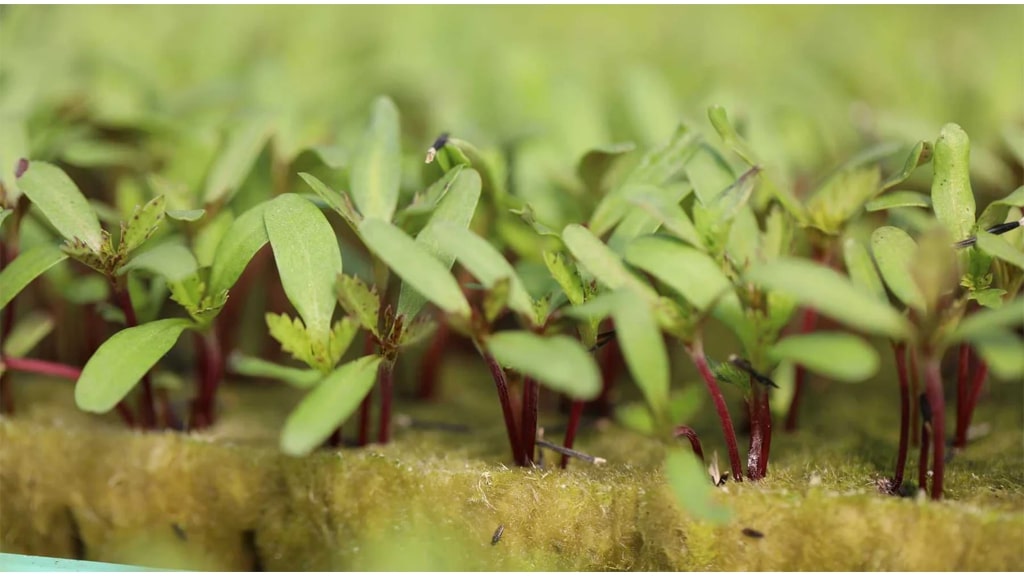
Watering and Nutrient Delivery
Watering - it's the lifeline for our plants, isn't it? But with rockwool, it's a game of precision. Here's a quick tip: use water with a pH of around 5.5 - 6.0, so our rockwool doesn't turn into a high-pH party your plants weren't invited to.
- Start by soaking the rockwool thoroughly before planting.
- Ensure excess water drains well to prevent the rockwool from becoming waterlogged. This helps avoid overwatering and keeps those roots breathing easy.
Nutrients - Think of them as the plant's hearty breakfast. They need a balanced diet:
- Mix hydroponic nutrients following the manufacturer's guidelines.
- Deliver nutrients with every other watering to keep our plants fuelled.
Monitoring and Adjusting the Grow Environment
Temperature and Humidity - If we want our plants to thrive, we've got to keep their environment cushy. Ideal temperatures hover around 18-22°C, with a humidity sweet spot at 40-60%.
Moisture Levels - Keeping your rockwool's moisture consistent is key. Use moisture meters if you're feeling fancy, or a good old-fashioned finger test works too!
Common Issues and Their Solutions
Algae Growth - The pesky green visitor no one wants. To discourage algae, keep light exposure to a minimum and maintain proper airflow. If it shows up, increase the airflow and cover your rockwool to protect from light.
Root Rot - This nightmare happens when we love our plants too much and overwater them. Remember, they need a breath of air now and then. Proper draining and not 'drowning' the Rockwool will keep root rot at bay.
There you have it! With a little tender loving care and a lot of attention to detail, you and your plants can enjoy the many benefits of growing in Rockwool. Keep those roots happy, and your green friends will thank you for the great environment to grow up in.
Advancing with Rockwool
Navigating the waters of hydroponic gardening can be smooth sailing when we've got Rockwool on board. It's a trusty medium for hydroponic growing and getting those veggies and herbs to thrive!
Propagating Plants Successfully
Ever wondered why some plants just seem to burst into life easier than others? It's all about the base - and Rockwool is top-notch for getting those seeds to sprout. Here's our quick step-by-step to make the magic happen:
- Pre-soak the Rockwool: Remember, the pH should be around 5.5-6.0.
- Plant the Seeds: Pop a seed into each Rockwool cube hole, gently now, just a quarter-inch deep.
- Keep Them Warm: Seedlings love a warm, cosy spot - think 20°C to keep them toasty.
- Moisture is Key: Make sure the Rockwool stays moist, but not waterlogged - nobody likes soggy feet.
Whether we're sprouting delicate flowers or robust vegetable seeds, getting them off to a good start in Rockwool can make a massive difference.
Optimising for Different Plant Varieties
Now when it comes to tending to our hydroponic garden's diverse needs, there's no one-size-fits-all, is there? Lettuce, tomatoes, and cucumbers each have their own little quirks. So let's look at how we can tailor our growing system with Rockwool for these various characters:
- Lettuce: This leafy green isn't a fussy fellow, it grows quickly and doesn't need too much depth in the Rockwool.
- Tomatoes: Now, tomatoes are the tall ones in the bunch. They need a bit more room to stretch their roots, so a thicker rockwool block is in order.
- Cucumbers: Similar to tomatoes, they like to dig deep, so again, a thicker Rockwool can support their growth spurt.
By adjusting the size and depth of our rockwool, we cater to each plant's preferences, giving herbs like basil the snug fit they need, while allowing the veggies to expand. And when it's time to transplant, we can simply move the Rockwool cube to the next stage of our hydroponic system - easy peasy!
Sustainability and Recycling
In hydroponics, rockwool is a go-to substrate, but what happens after we're done using it? Let's discuss the ins and outs of reusing and responsibly disposing of rockwool, and see how it stacks up against its pebbly peers in terms of sustainability.
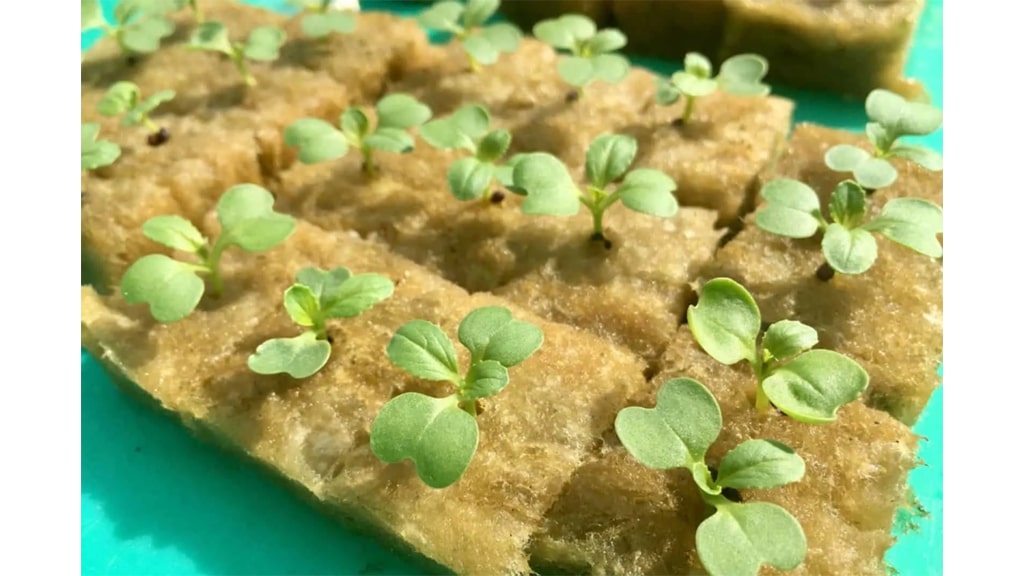
Reusing and Disposing of Rockwool
Have you ever wondered if rockwool can take another spin on the hydroponic dance floor? Well, it's somewhat reusable. Here's the deal: Rockwool can be reused several times, provided it's properly sterilised between uses. Sterilisation can be done by steaming or using eco-friendly cleaning solutions to prevent pathogens from spreading to new plants. But when rockwool has danced its last dance, disposing of it can be tricky.
Unlike the cotton candy of our childhood fairs, rockwool is not biodegradable, so we mustn't just chuck it into the landfill. Instead, it can often be recycled with other building materials or used as an aggregate in construction, which keeps it out of the landfill and in use for a bit longer.
Comparing Rockwool with Other Growing Media
Now, how does our fluffy friend fair against other substrates? Let's break it down:
- Vermiculite and Perlite: These are organic, airy, and enhance aeration and drainage in a similar way to rockwool. They're also reusable, like rockwool, but they edge ahead in the game as they're naturally occurring minerals.
- Clay Pebbles: These bad boys are like the tanks of hydroponic substrates. Totally reusable, highly stable, and they bring brilliant aeration and drainage to the party.
- Soil: It's the OG of growing mediums—fully organic and part of nature's recycling chain. However, in a hydroponic hustle, it's not the usual suspect because it can bring a mess of pests and diseases to our clean, controlled environment.
When comparing substrate sustainability, we're looking for versatility, reusability, and a minimal environmental footprint. While rockwool offers great aeration and is versatile for various hydroponic systems, its downside lies in its production process and the challenge of recycling.
Our job here is to make informed choices and strive for a more sustainable and responsible hydroponic experience, looking at the big picture and the tiny granules that make a difference.
Conclusion
In our exploration of rockwool's role in hydroponics, we have uncovered its essential function as a reliable medium for propagation—the art and science of growing new plants from seeds or cuttings. Whether you're a seasoned hydroponic gardener or just starting out, understanding the pH balance is crucial to success. Let's recap:
Soaking is Key
- Immerse rockwool in water with a pH of 5.5-6.0, ideal for most hydroponic plants.
- A thorough soak for at least an hour ensures the medium is ready for your plants.
Sow and Grow
- Insert seeds into pre-made holes in the rockwool.
- Maintain the right environment: dark and dry for germination, then introduce light as needed.
As we venture into hydroponics, it’s clear rockwool offers both benefits and challenges. Its sterile, inert nature makes it fantastic for controlled growing conditions. However, handling rockwool requires care due to its irritant fibres, and we must stay conscious of its environmental impact due to its non-biodegradability.
Have you ever pondered the balance between nature and technology in gardening? Rockwool encapsulates this dynamic beautifully. It’s a human-made product serving as the foundation of a system that harmoniously grows plants in a mainly water-based environment.
Remember, our aim is healthy plant growth. With this guide, and a bit of practice, we can ensure that our green friends thrive in their hydroponic home.







 Store Locator
Store Locator
